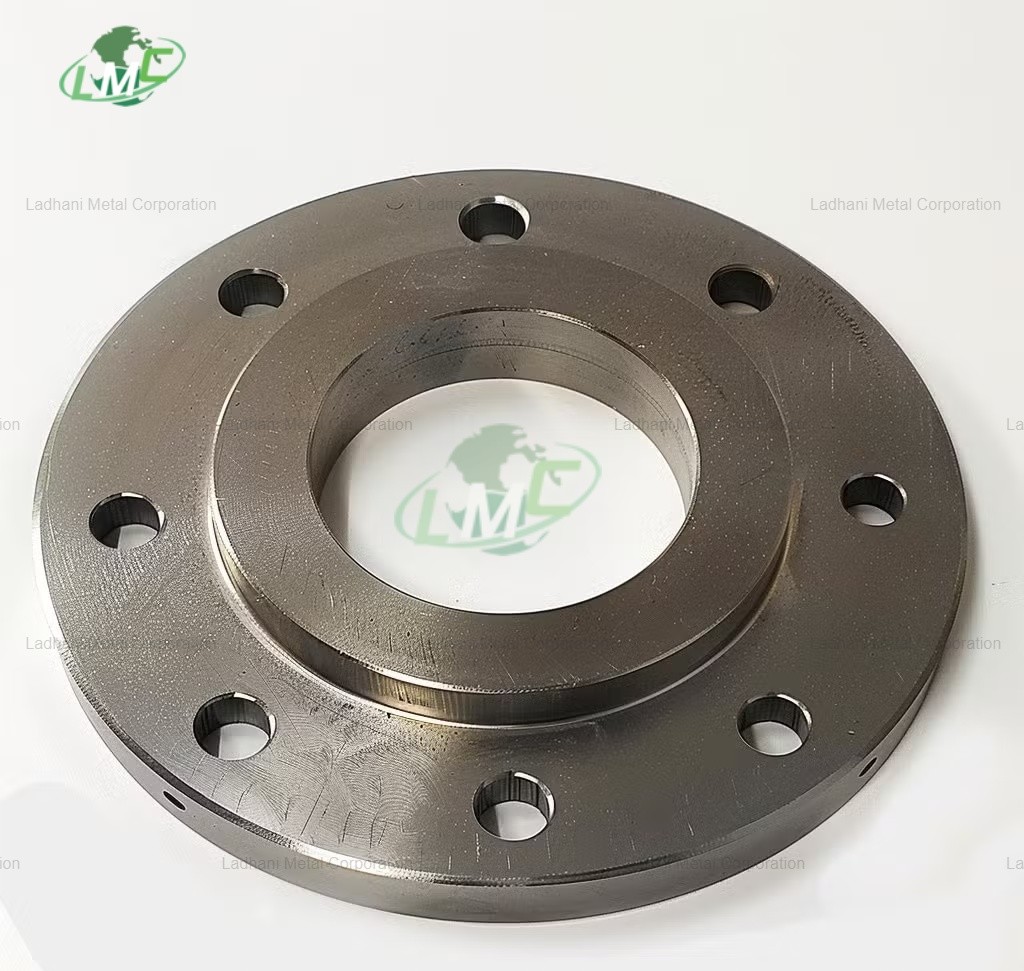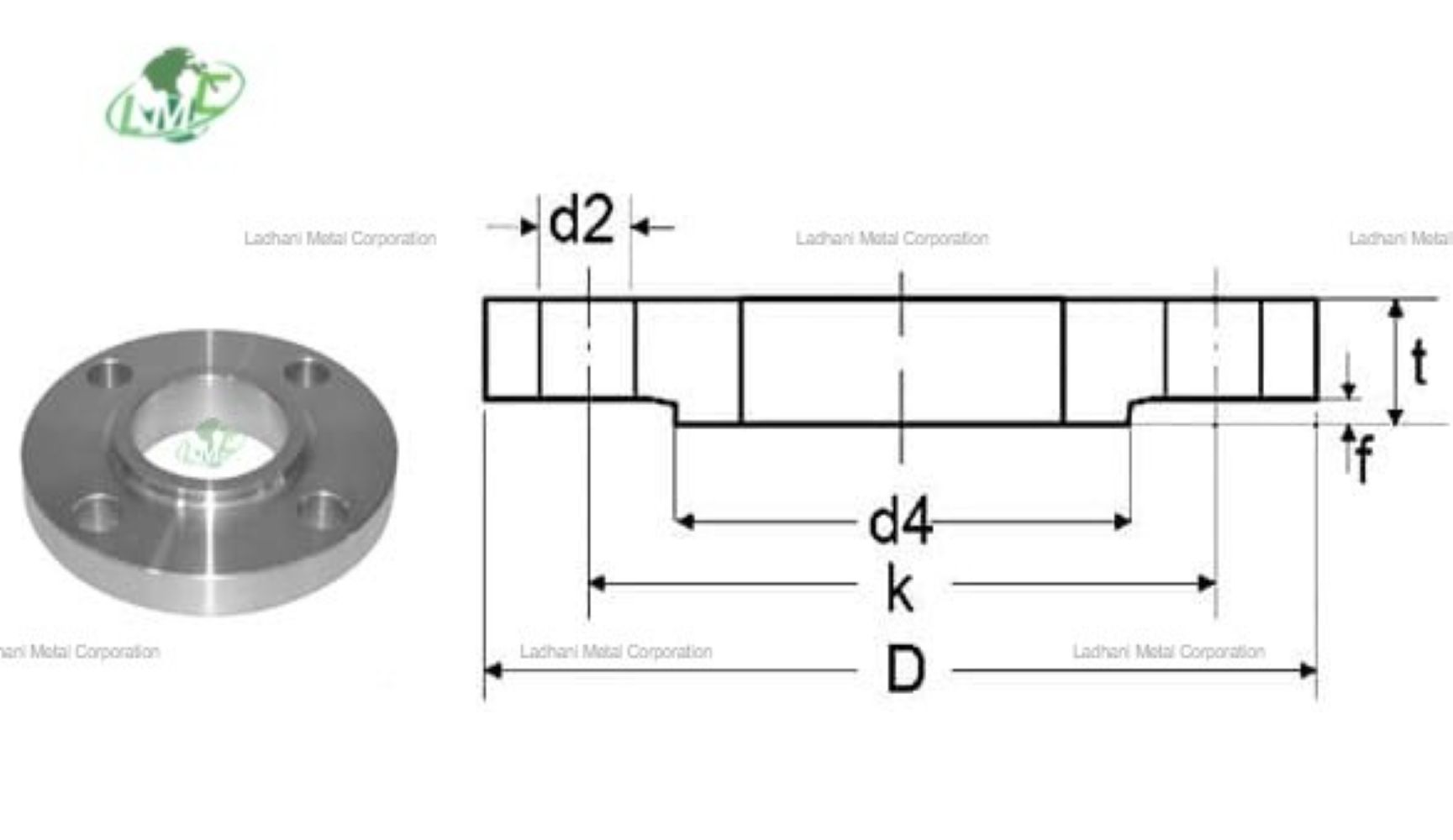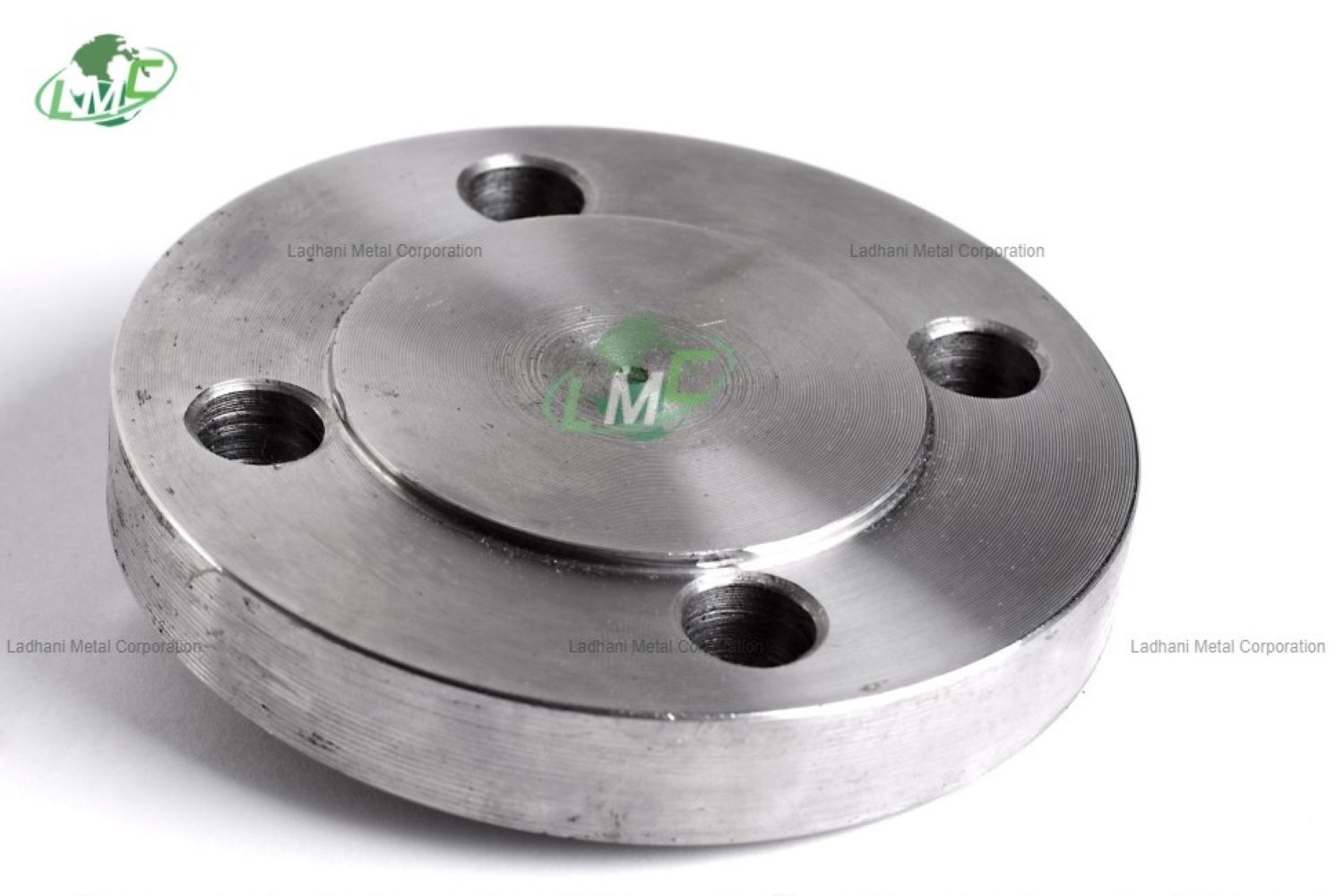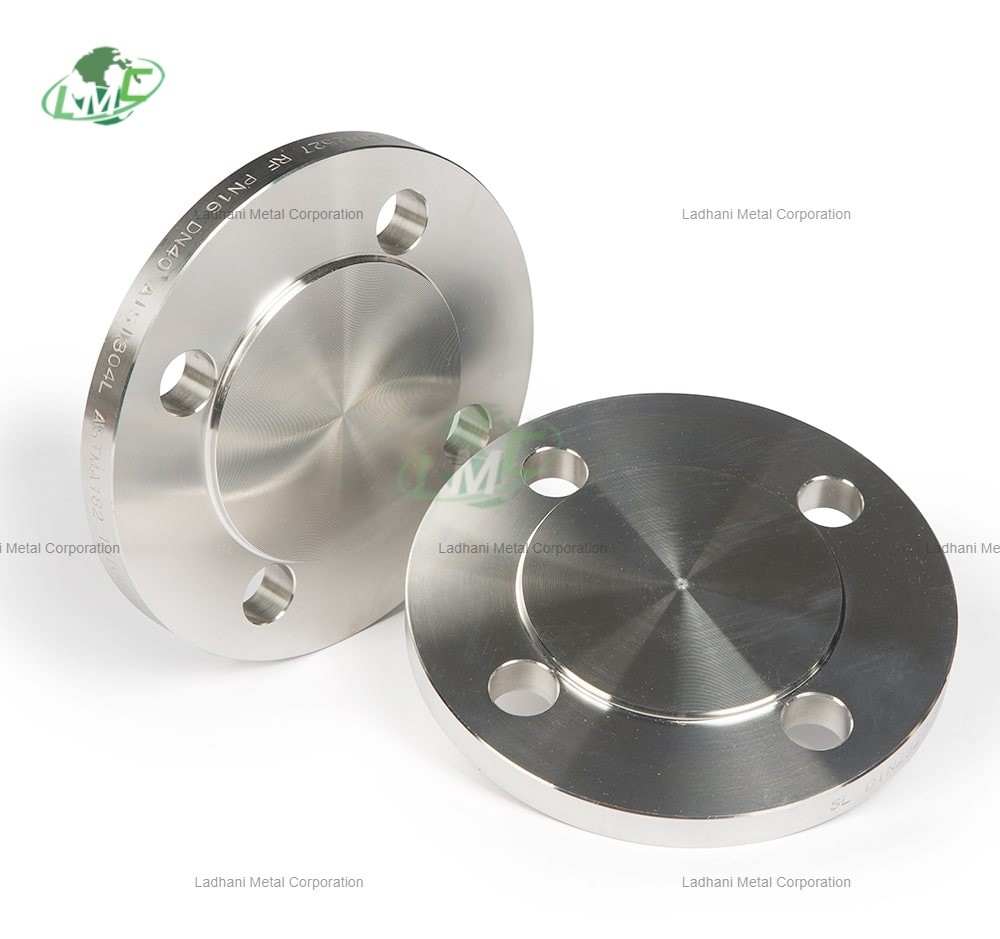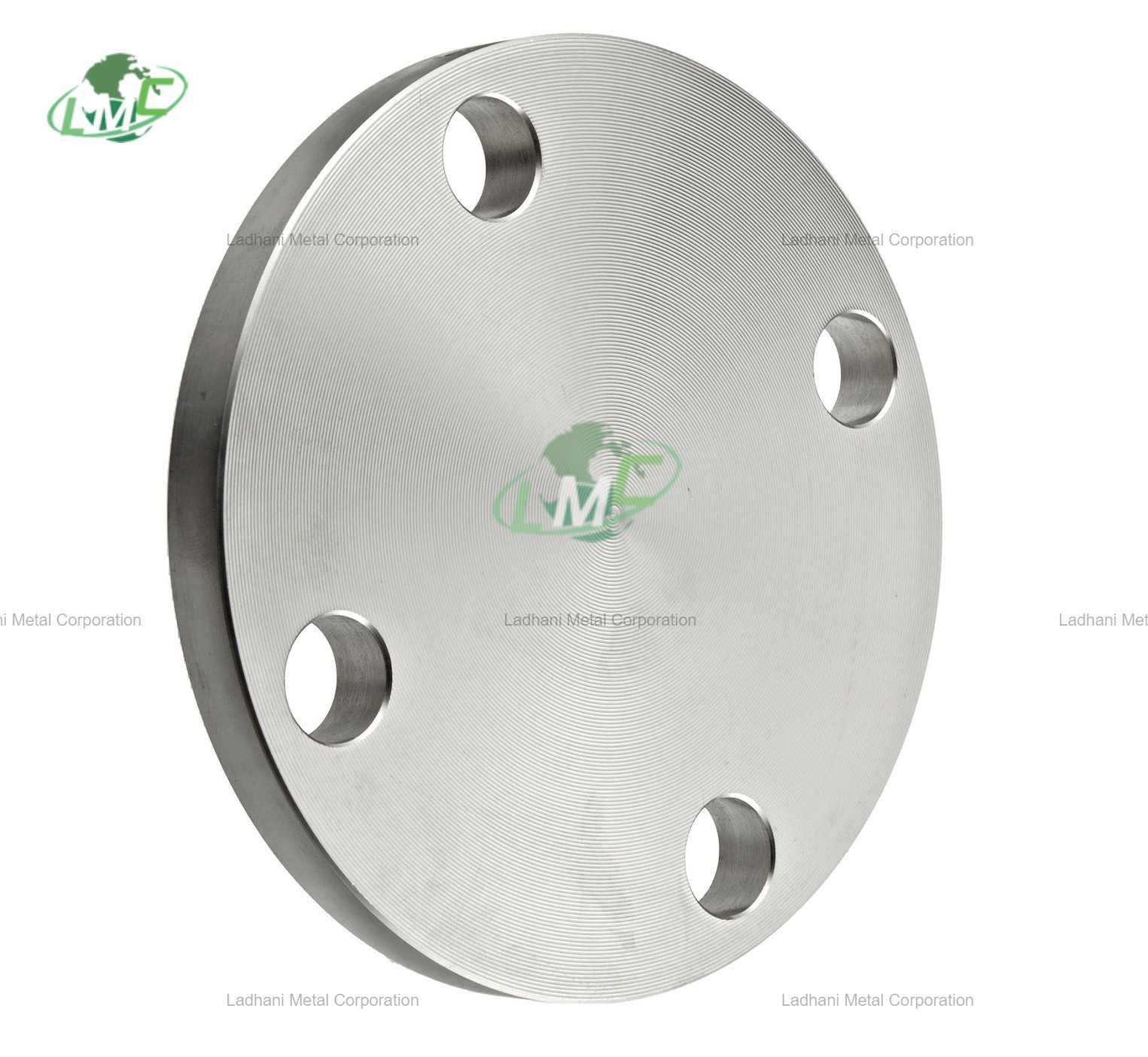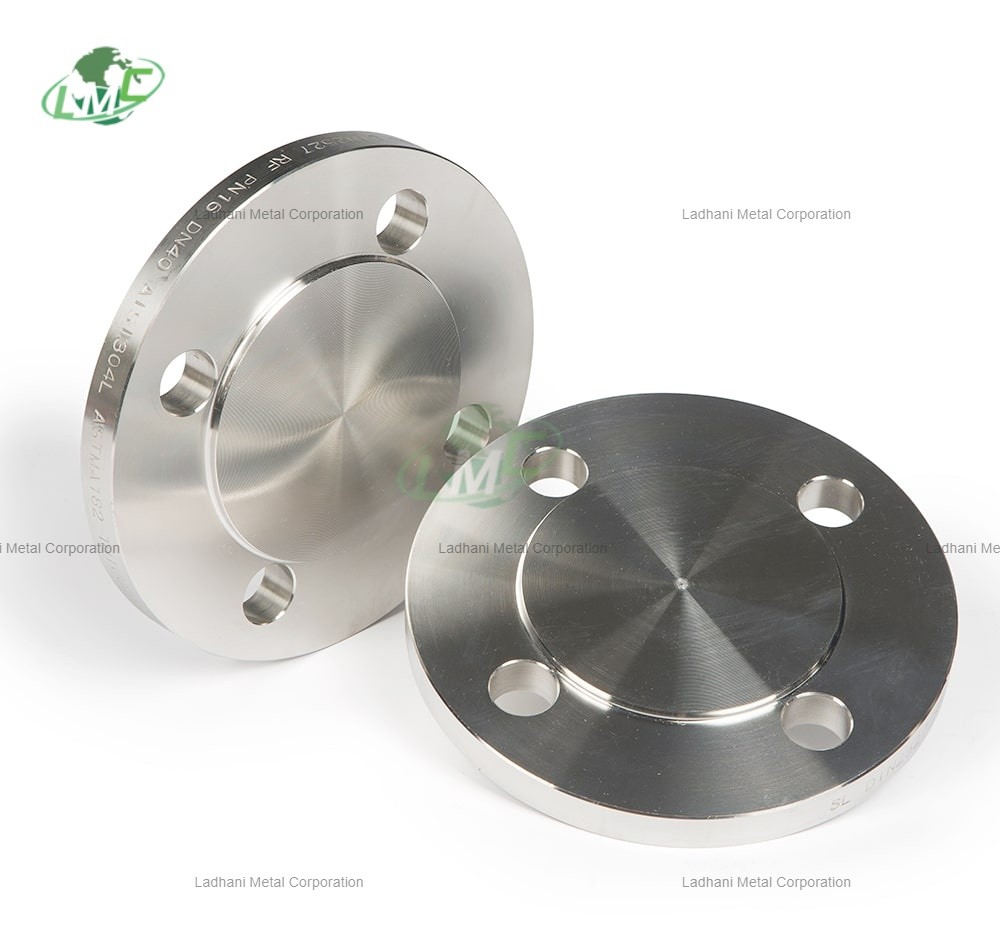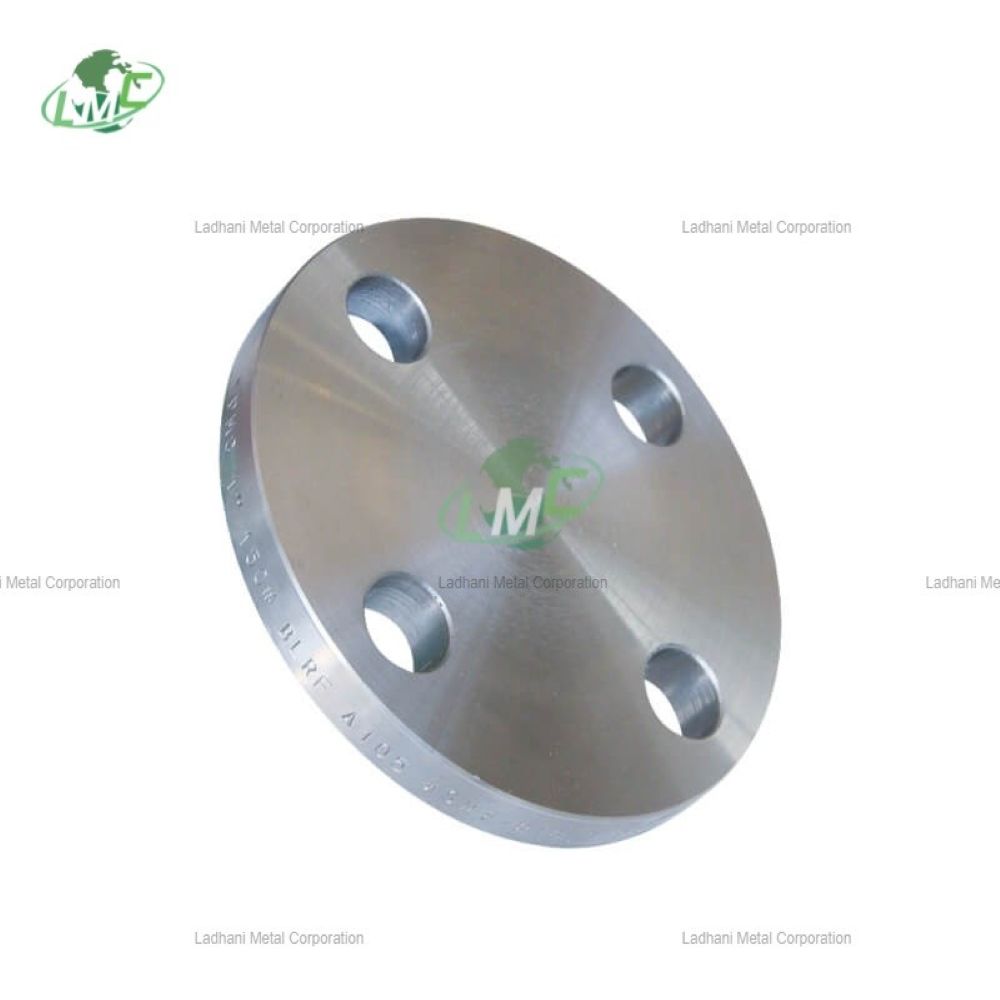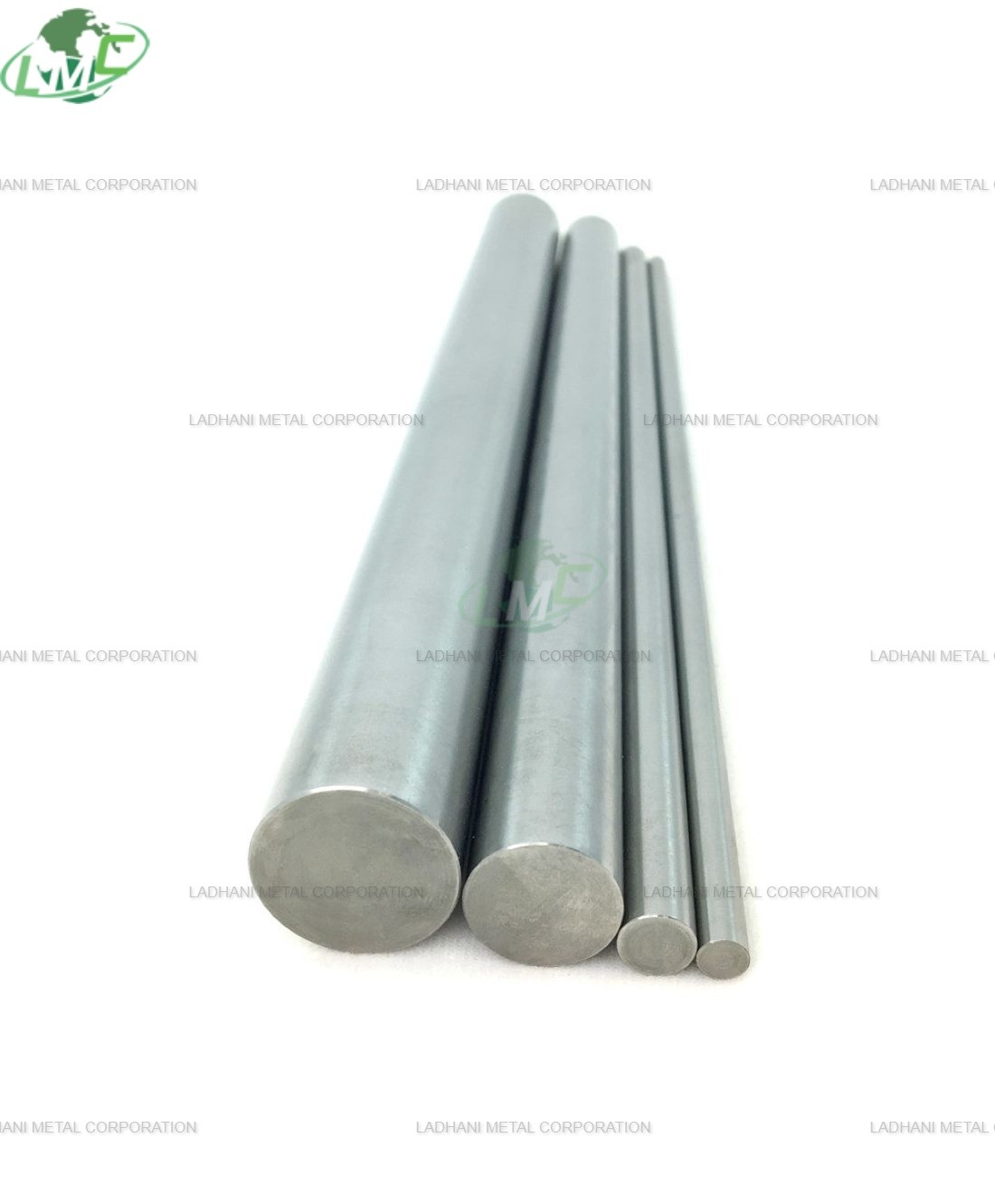DIN 2545 is a German standard for stainless steel flanges, designed for use in piping systems requiring durability, corrosion resistance, and strong mechanical properties. These flanges are commonly used in industries like chemical, petrochemical, food processing, and more. They come in various sizes and configurations for secure and leak-proof connections. The PN 40 rating indicates that these flanges can withstand pressures up to 40 bar (approximately 580 psi) at normal temperatures (typically 20°C or 68°F). Types of DIN 2545 SS Flanges: · Slip-On Flange (SO): A flange that slides over the pipe and is welded inside and outside for a secure connection. · Weld Neck Flange (WN): A flange with a tapered neck that allows for a stronger weld, commonly used in high-pressure applications. · Blind Flange: A flange with no bore used to seal the end of a pipe or vessel. · Threaded Flange: A flange with internal threads that allows it to be screwed onto a pipe without welding. · Socket Weld Flange: Designed for pipes to fit into the socket of the flange, offering good pressure containment in high-temperature applications. · Lap Joint Flange: Used with a stub end and ideal for applications requiring frequent disassembly. Grades and Their Chemical Composition: · Grade 304 (AISI 304): This grade has a chemical composition consisting of 18-20% chromium, 8-10.5% nickel, with a carbon content of up to 0.08%. It also contains small amounts of manganese (2.00-2.50%), silicon (≤ 1.00%), phosphorus (≤ 0.045%), and sulfur (≤ 0.030%), while the rest is iron. It is widely used due to its good corrosion resistance, weldability, and formability. · Grade 316 (AISI 316): The chemical composition of 316 includes 16-18% chromium, 10-14% nickel, and 2-3% molybdenum. It also contains up to 0.08% carbon, 2.00-2.50% manganese, and ≤ 1.00% silicon, with iron making up the balance. The addition of molybdenum provides improved resistance to corrosion, particularly in chloride environments, making it suitable for marine and chemical industries · Grade 321 (AISI 321): This grade has a chemical composition with 17-19% chromium, 9-12% nickel, and a maximum carbon content of 0.08%. It also contains 2.00-2.50% manganese, ≤ 1.00% silicon, and small amounts of phosphorus (≤ 0.045%) and sulfur (≤ 0.030%). The remainder is iron. Grade 321 is stabilized with titanium to prevent sensitization and is highly resistant to intergranular corrosion, making it ideal for high-temperature applications like in the aerospace and chemical industries. Applications: DIN 2545 Stainless Steel Flanges (PN 40) are widely used in various industries due to their superior strength, corrosion resistance, and versatility. These flanges are specifically designed to handle higher pressure ratings (PN 40), making them ideal for demanding applications. Some of the key applications include: -Chemical Processing: Used in the manufacturing of chemicals, pharmaceuticals, and petrochemicals, where high resistance to corrosion is essential. -Oil and Gas Industry: For pipelines, pumps, and valves that transport oil, gas, and other fluids under high pressure. -Water Treatment Plants: Employed in water and wastewater management systems to connect piping and ensure leak-free connections under high pressure. -Food and Beverage Industry: In production systems where hygiene and corrosion resistance are critical, especially in food processing and dairy plants. -Power Generation: For use in power plants in systems such as steam lines and cooling circuits that operate under high-pressure conditions. -Marine and Offshore: Often used in ships, platforms, and offshore structures that are exposed to harsh environmental conditions. -HVAC Systems: In high-pressure heating, ventilation, and air conditioning applications. DIN 2545 Stainless Steel Flanges (PN 40) offer both durability and reliability in these high-pressure applications, ensuring safe and efficient performance in various industries. Conclusion: DIN 2545 SS flanges provide a reliable and robust solution for piping systems across various industries. These flanges are widely used in applications ranging from general industrial use to highly specialized sectors like aerospace, marine, and chemical processing, ensuring safe and efficient operation in demanding environments. The PN 40 rating guarantees they can withstand medium-to-high pressure systems.
Send Message
